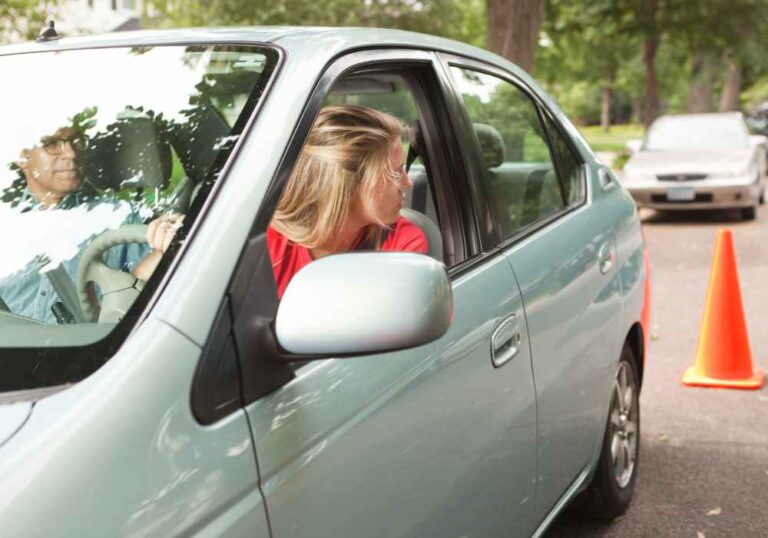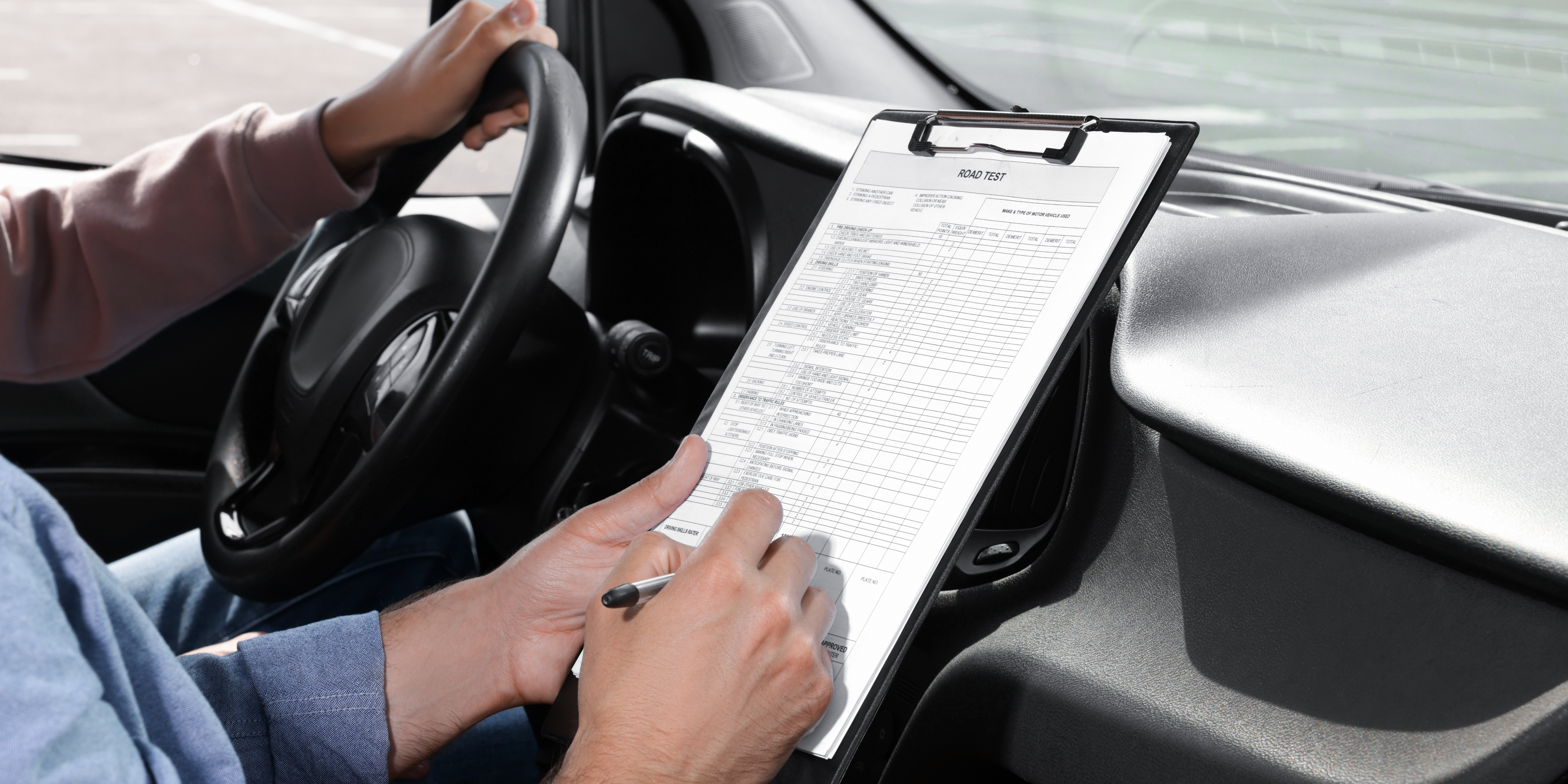Parallel parking—just the thought of it can send shivers down a driver’s spine. It’s often seen as the ultimate test of driving skill and precision. Yet, with the right approach and some practice, you can master this essential parking technique and park like a pro every time. Here’s a comprehensive guide to parallel parking perfectly, step by step.
1. Choose the Right Spot
Before you even begin the parking maneuver, you need to find a suitable parking spot. Look for a space that’s at least one and a half times the length of your vehicle. If you’re new to parallel parking, opt for a slightly larger spot to give yourself more room. Ensure that the spot is not too close to a corner or a driveway, as this can make the maneuver more challenging.
2. Signal Your Intentions
Once you’ve identified a suitable spot, signal your intention to park by using your turn signal. This not only informs other drivers and pedestrians of your actions but also helps to alert them to give you space. It’s courteous and helps in reducing any potential confusion.
3. Position Your Vehicle
Align your car parallel to the parked vehicles. The ideal distance between your car and the vehicles should be about two to three feet. This allows enough room to maneuver into the space without hitting the other vehicles. Make sure to keep an eye on the rearview mirror and side mirrors to ensure you have enough space.
4. Check Your Surroundings
Before you start the parking maneuver, perform a thorough check of your surroundings. Look out for pedestrians, cyclists, and other vehicles that might be approaching. This is crucial for ensuring safety throughout the process. Use your mirrors and look over your shoulder to get a complete view of the area.
5. Begin the Maneuver
Here’s where the magic happens:
a. Reverse Slowly: Shift your vehicle into reverse. Begin by turning your steering wheel all the way towards the curb. Start backing up slowly. Your goal is to get your vehicle into the parking space while ensuring that you stay parallel to the curb.
b. Adjust Your Angle: As your vehicle starts to enter the space, you’ll notice that the front of your car will begin to swing out. When the front of your vehicle clears the rear of the car in front of you, start straightening the steering wheel. Continue reversing until your car is mostly within the space.
c. Straighten Out: Once your car is mostly in the space, turn the steering wheel the opposite direction to straighten your wheels. This will help you align your car perfectly within the parking spot. Continue to reverse slowly, adjusting as necessary to center your car in the spot.
6. Finalize the Parking
Once you are fully in the spot, shift your vehicle into the ‘Park’ gear if you’re driving an automatic, or into neutral with the handbrake engaged if you’re driving a manual. Ensure that your vehicle is centered within the lines of the parking space and that you’re not too close to the vehicles in front or behind.
7. Check Your Position
Exit your vehicle and check your positioning. Make sure that there is enough space between your car and the vehicles in front and behind you. Ideally, you should be able to open your doors without any difficulty and your car should not be protruding into traffic.
8. Practice Makes Perfect
Like any skill, parallel parking improves with practice. Find an empty parking lot or a quiet street where you can practice without the pressure of other traffic. Try different sizes of parking spots and practice the maneuver from different angles. The more you practice, the more confident and skilled you’ll become.
9. Utilize Technology
Modern cars often come with parking assistance technology that can make parallel parking easier. Features like rearview cameras, parking sensors, and even automated parallel parking systems can help guide you into the space. Familiarize yourself with these technologies and use them to your advantage. However, remember that relying solely on technology can sometimes lead to complacency, so continue practicing your manual skills.
10. Stay Calm and Patient
Finally, stay calm and patient throughout the process. Parallel parking can be stressful, especially in busy areas. If you find yourself getting frustrated, take a deep breath and give yourself some time. Rushing can lead to mistakes, so it’s better to take your time and park safely.
Common Mistakes to Avoid
- Oversteering or Understeering: Make sure to adjust your steering as needed. Oversteering can cause you to hit the curb, while understeering can leave you too far from the curb.
- Not Checking Surroundings: Always be aware of your surroundings. Blind spots and pedestrians can cause accidents if not properly checked.
- Misjudging Space: If you’re unsure whether you have enough room, it’s better to find a different spot rather than trying to squeeze into a tight space.
- Ignoring Vehicle Alignment: Proper alignment within the parking space ensures that you’re not too close to adjacent vehicles, which can help avoid dings and scratches.
In Conclusion
Mastering parallel parking requires practice, patience, and precision. By following these steps and avoiding common mistakes, you can park confidently and efficiently. Remember, every driver has to start somewhere, and with time, parallel parking will become second nature. So, find a practice spot, stay calm, and keep at it. Happy parking!
Click here to view our different packages or click here to book your road test.
Lastly, our services are extended to Toronto, North York, Etobicoke, Scarborough, Vaughan and Brampton.



